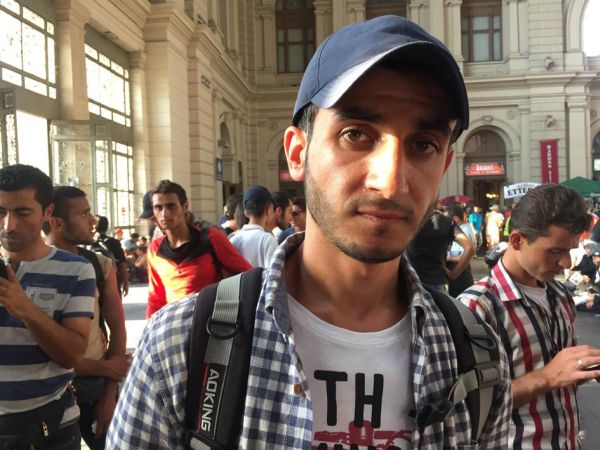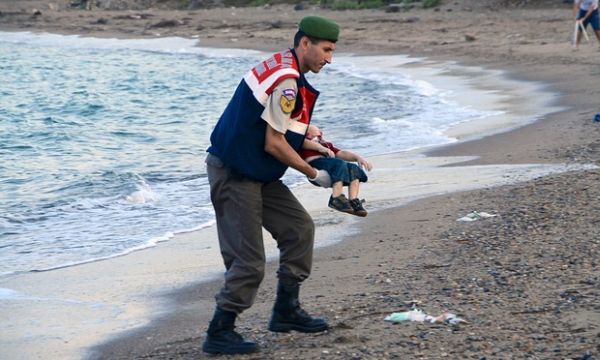
Photo: Human Rights Watch
By Ryan Keating-Lambert
So this is a little bit late, but it’s still extremely relevant now. I was talking about the topic of refugees recently on the November 17 holiday in the Czech Republic, a day dedicated to the struggle for freedom and democracy. There is absolutely no way that you haven’t heard about this crisis and you may even feel that you’ve heard it all. But I thought you might like to see a new perspective on the situation; a perspective that can help you relate directly to this crisis.
Like countless others I have witnessed the pain and loneliness of these refugees through 100s of photos posted on news websites all over the world and when I think about these photos, two come to mind in particular.
The first being the photo that most people have seen in the Guardian or somewhere else… The one of the dead Syrian boy on a Turkish beach. This photo sparked a lot of controversy in the media and it seemed that people started to pay attention to the situation much more after that.

Photo: Reuters
The other photo (pictured under the headline) is one that a lot of you probably haven’t seen. A photo of Syrian doctor and student Ali when he was in transit in the Budapest Keleti train station waiting to go to Germany. He looks reasonably healthy, not smiling but also doesn’t look particularly upset or angry.
What was interesting to me was that even though these photos appear to be at opposite ends of the spectrum, both are capable of provoking an intense emotional response.
The death of a child, especially when it’s associated with war, is utterly heartbreaking and shows the true destruction of innocence. But at the same time, isn’t that what the media usually uses these photos for? To provoke emotion and read on and sympathise? This definitely works and does make people more aware of the situation which is certainly an advantage… However, it shouldn’t only be these photos that make a situation like this hit home.
Ali is a young doctor and student, wearing normal clothes and a baseball cap. He could be me and he could be my friends, and that is what makes it terrifying. He is not the typical poor and rugged looking refugee that the public is trained to see and feel for.
Refugees are not in rags anymore, they are in your clothes. These people ARE you. They are me. They are everyone we know. They worked and had families and were simply trying to live their lives.
You can find more information on Ali’s story through Human Rights Watch here.